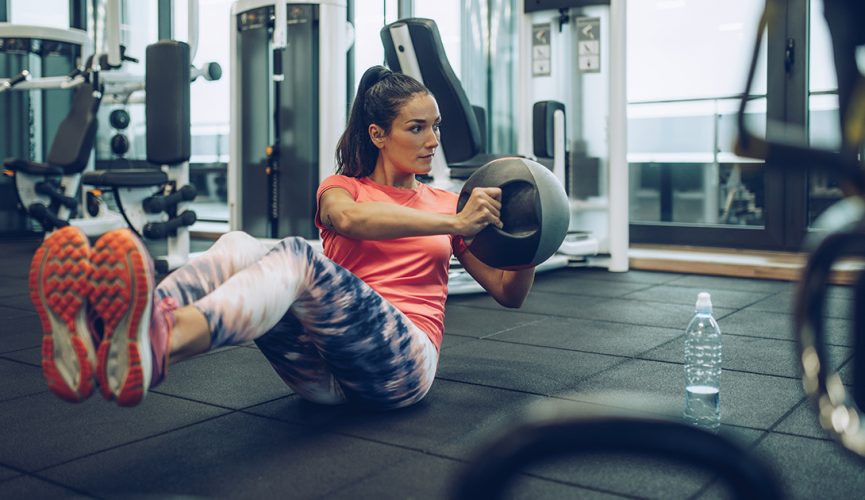The keto diet is among the most popular diets today. Unlike the usual American diet that is composed of 50% to 60% carbs, the keto diet requires you to consume 70% fat, 20% protein, and 5% carbs. After you follow the keto diet for several days, your body will start using fat for energy. This is called ketosis. We already know how popular the keto diet is, but what are the risks and benefits of this fad diet? Let us find out.
Benefits of the Keto Diet
The keto diet focuses on consuming foods that contain ample amounts of protein, very few carbs, and lots of healthful fats. In this article, we will discuss the benefits and risks of the keto diet to help you decide whether it is the right diet for you or not.
For weight loss
Most people follow the keto diet to lose weight. The weight loss is initially due to loss of water since you reduce the number of carbs you take, and your body consumes the carbs stored in your liver, which holds onto water. The keto diet requires you to eat more whole, high-fat foods, which will help you lose more weight. By reducing carbs, you will also reduce simple, refined carbs and sugar. This will help you gain more energy.
To potentially reduce the risk of certain types of cancer
According to one research, the keto diet may be a good and safe supplemental treatment that may be used in conjunction with radiation therapy that persons with certain forms of cancer tend to receive from a clinic like Amethyst Radiotherapy (amethyst-radiotherapy.at). Cancer cells will die as a result of oxidative stress caused by the keto diet. One study further shows that because the keto diet decreases blood sugar, it may minimize the risk of insulin problems. However, research in this area is sparse. More research is needed to fully understand the potential advantages of the keto diet in cancer therapy and prevention.
For possible neuroprotective benefits
Some studies suggest that the keto diet may offer neuroprotective benefits, which can help protect the brain. Therefore, this kind of diet may help manage or prevent Alzheimer’s disease. However, more studies are needed to understand the effects of this diet on the brain.
To improve PCOS symptoms
PCOS or polycystic ovary syndrome is a hormonal disorder, which can lead to excess production of male hormones, polycystic ovaries, and ovulatory dysfunction. A high-carb diet is not suitable for people with PCOS because it can cause weight gain and skin problems and in the worst-case scenarios might even cause infertility in women. PCOS is one of the most apparent reasons why couples are inspired to consider surrogacy as an alternative to conceiving a child themselves. They usually contact a surrogate agency Florida (or wherever they live) to find a healthy surrogate mother who can carry their child. Nonetheless, before going ahead with such complex legal processes, they try most of the things which can help in taking care of their PCOS symptoms, such as incorporating the keto diet into their daily routine. One study assessed 5 women for 24 weeks and discovered that the keto diet improved various symptoms of PCOS, including hormone balance and weight loss.
To potentially improve heart health
High cholesterol levels can increase the risk of heart disease.This is especially true when it comes to people suffering major cardio-based complications like myocardial infarction. It has also been found that people who use AEDs–automated external defibrillators (click here to find out how to use an AED machine) for treating heart arrhythmia generally benefit from diets that are specifically designed for their condition, such as ketogenic diets. Since the keto diet reduces the amount of cholesterol that a person consumes, it may help lower one’s risk of heart disease or complications.
For its potential to reduce seizures
The amount of carbs, fat, and protein in a keto diet changes the way your body uses energy. By following a keto diet, your body will achieve a state of ketosis. It is a metabolic process in which the body consumes ketone bodies for fuel. According to the Epilepsy Foundation, ketosis can help reduce seizures in people who have epilepsy. More research is needed to determine how effective this diet is, but it seems to offer the best results in children with focal seizures.
Risks of the Keto Diet
The keto diet may offer a lot of health benefits, but it comes with some risks as well. Staying on this diet long-term can have adverse effects on your health, such as the increased risk of kidney stones, vitamin and mineral deficiencies, and fat build-up in the liver.
The keto diet has various side effects known as the keto flu. These side effects may include fatigue, nausea, constipation, low blood sugar, headaches, and vomiting. These symptoms are normal at the beginning of the keto diet because your body is adjusting to its new source of energy. The keto diet is not suitable for everyone. It should be avoided by people with eating disorders, pancreatitis, or kidney disease. Moreover, individuals suffering from eating disorders could also explore and consult an eating disorder therapy clinic to improve their condition. If such people adopt a keto diet, it can deteriorate their condition and may cause severe physical and mental harm. In addition, breastfeeding and pregnant women, and insulin-dependent people should also steer clear of this diet.
That is why you should speak with your doctor before you change your diet. The keto diet severely limits carbs, but some carbs offer health benefits. If you prefer a less restrictive diet, you should adapt one that includes a wide range of healthful fats, nutritious protein sources, and nutrient-dense, fibrous carbohydrates like vegetables and fruits.

